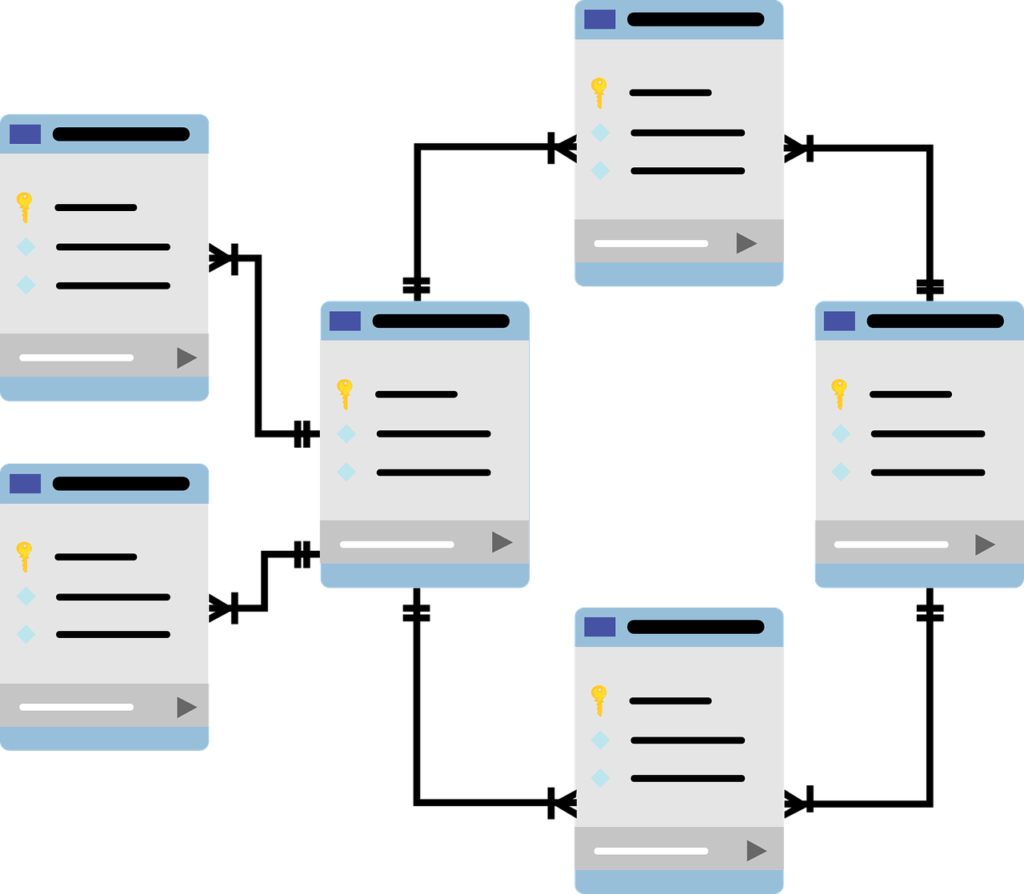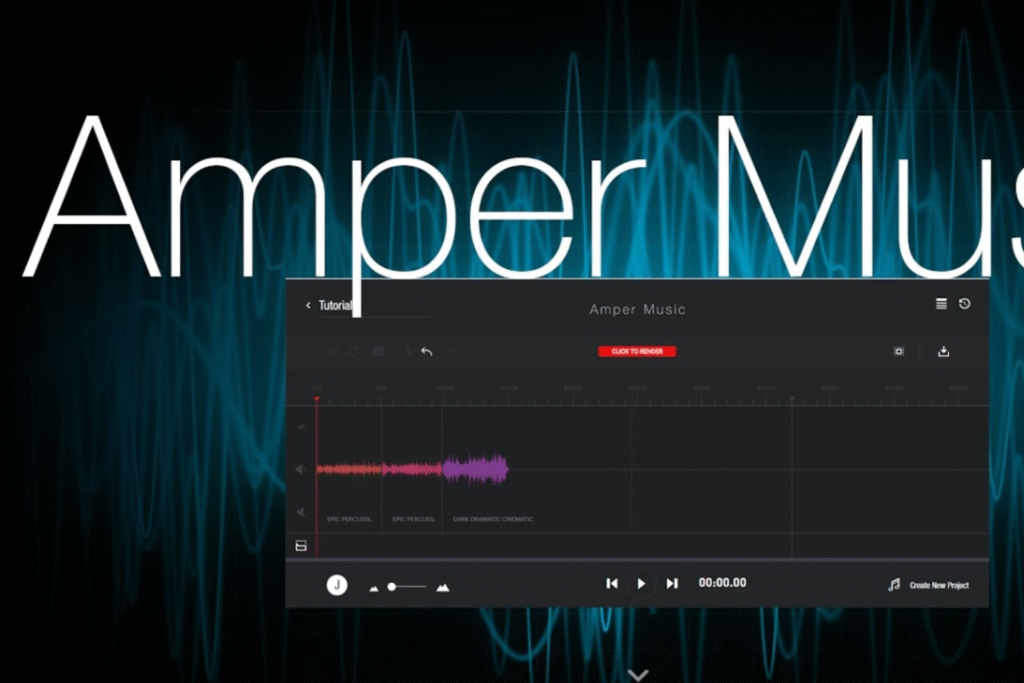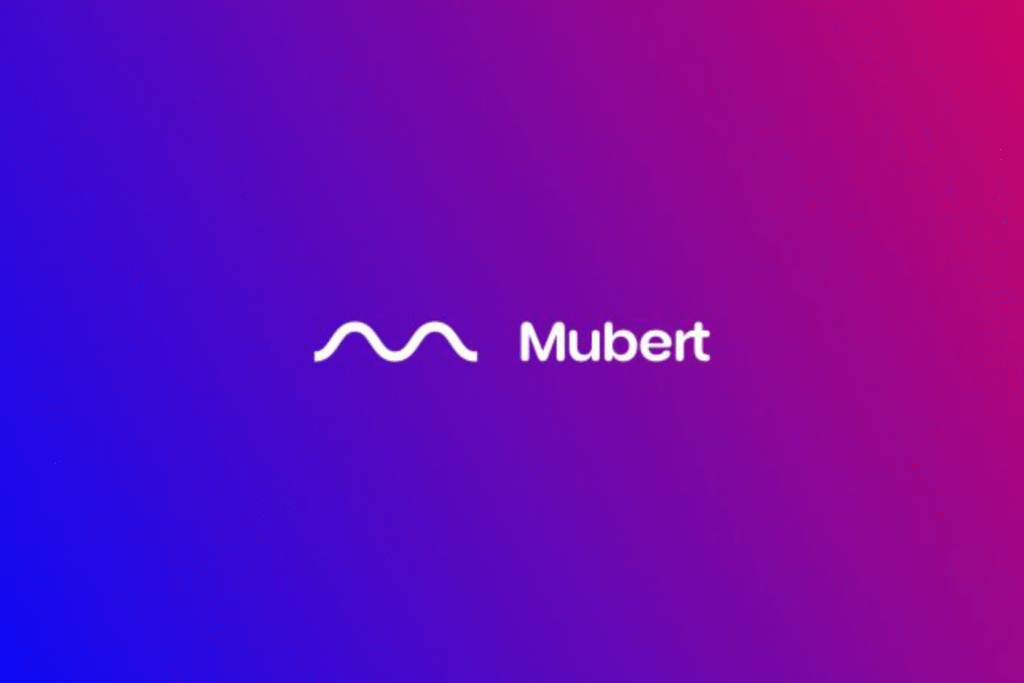Na era digital de hoje, criar um negócio a partir de ideias de SaaS de IA lucrativo não requer mais amplo conhecimento de codificação.
O surgimento de plataformas sem código democratizou o desenvolvimento de software, permitindo que qualquer pessoa com uma ideia sólida a dê vida.
Assim, exploraremos cinco ideias de SaaS de IA que você pode começar a construir hoje mesmo sem escrever uma única linha de código.
Essas ideias são inspiradas em negócios SaaS bem-sucedidos e são perfeitas para empreendedores que buscam explorar mercados lucrativos.
Finding Inspiration in SaaS Million-Dollar AI Ideas
Before we dive into AI SaaS ideas, let’s talk about where you can find inspiration. Platforms like Product Hunt, Indie Hackers e Quire.com são tesouros de ideias de SaaS.
O Product Hunt apresenta os produtos de tecnologia mais recentes, incluindo ferramentas orientadas por IA, que podem gerar soluções criativas para problemas em vários setores.
O Indie Hackers oferece insights sobre a receita recorrente mensal (MRR) de diferentes produtos SaaS, ajudando você a identificar o que está funcionando no mercado.
O Quire.com, por outro lado, permite que você explore microplataformas com ideias de SaaS de IA que estão atualmente no mercado, dando a você um vislumbre do que é possível sem código.
1. Create a Micro SaaS for database interaction
One of the most promising AI SaaS ideas is to create a micro SaaS that interacts with a database. Imagine a chatbot that connects to a company’s database, allowing users to retrieve or analyze data without manual intervention.
For example, a financial assistant chatbot can connect to a company’s backend database to pull spending reports, calculate budgets, and offer financial insights.

2. Build an AI-powered image and video analysis tool
Another high-potential AI SaaS idea is to leverage AI for image and video analysis. With advances in AI technology, particularly models like GPT-4 Vision, you could create a SaaS that analyzes images or videos to extract meaningful data.
Por exemplo, um aplicativo sem código que analisa imagens de alimentos para calcular o conteúdo nutricional pode ser uma virada de jogo para consumidores preocupados com a saúde.
Imagine tirar uma foto da sua refeição e, em segundos, o aplicativo fornece informações detalhadas sobre calorias, proteínas e carboidratos.
This idea can be adapted to various niches, such as landmark recognition for travel enthusiasts, making it versatile and profitable.
3. Automate customer support on WhatsApp
O suporte ao cliente é um aspecto crítico de qualquer negócio, e automatizar esse processo pode economizar tempo e recursos significativos para as empresas.
Uma das ideias de SaaS de IA é a integração ao WhatsApp para automatizar as interações com o cliente pode ser incrivelmente valioso.
This tool can be adapted for specific sectors, such as dental clinics or nutritionists, offering appointment scheduling, frequently asked questions and follow-up — all via WhatsApp.

4. Manage WhatsApp Groups with AI
WhatsApp groups are commonly used for customer engagement and team collaboration. However, managing these groups can be challenging, especially for businesses with multiple groups.
One of SaaS’s AI ideas is managing WhatsApp groups, and it could be a game-changer. This tool can automate onboarding, summarize group conversations, or even increase engagement by sending timely reminders or updates.
5. Develop a WhatsApp-based data query tool
Building on the previous ideas, this concept involves creating a WhatsApp-based tool that allows users to query databases directly from the messaging app. This AI SaaS idea is ideal for businesses that rely heavily on WhatsApp for day-to-day operations.
For example, a business could use this tool to receive daily sales reports, track inventory, or monitor logistics — all through automated messages sent to a WhatsApp group.
Additionally, this tool can be integrated with various types of databases, from simple Excel spreadsheets to complex SQL databases, offering flexibility and ease of use.
What is a SaaS and how can you create one without coding?
SaaS, or Software as a Service, is a business model where software is provided to customers on a subscription basis. The customer pays a recurring fee, usually monthly or annually, to access software, which solves a specific problem for them.
What makes SaaS attractive is its scalability and potential for high recurring revenue. Even more intriguing is the rise of micro SaaS — smaller, niche-focused SaaS products that target very specific markets.
These products may not generate millions in revenue, but they are easier to build, manage, and market, especially when using the best AI tools no code.
Products that come from AI SaaS ideas usually focus on solving one or two problems very well, making them attractive to niche markets. The key is simplicity and specialization, which makes micro SaaS products easier to launch and scale with minimal resources.

How to Build SaaS AI Ideas
The beauty of no-code platforms is that they allow you to turn these ideas into reality without having to write any code. Tools like Bubble, Glide and FlutterFlow make it possible to build complete SaaS applications with drag-and-drop interfaces.
You can connect these platforms with AI models, databases, and other third-party services to create a robust product in a fraction of the time it would take to code from scratch.
For database interaction, tools like Airtable and Supabase offer easy, no-code integration with your app, allowing you to manage data efficiently.
For AI-powered features, you can use the OpenAI API to integrate powerful models like GPT-4, enabling your SaaS to deliver advanced functionality like image recognition, text generation, and more.
Bringing together the ideas of SaaS AI
Creating a profitable SaaS product from AI SaaS ideas doesn’t have to be a daunting task, especially with the rise of no-code tools. Whether you’re looking to build a financial chatbot, an AI-powered analytics tool, or an automated customer support system, the possibilities are endless.
The key is to start small, focus on solving a specific problem, and scale as you validate your AI SaaS ideas. Then, with the right approach and the power of no-code platforms, you can turn these ideas into successful SaaS products that generate significant revenue.
If you’re ready to take the plunge, our no-code training program can help you every step of the way. So why wait? Start building your million-dollar SaaS today with our Free bubble course!
























